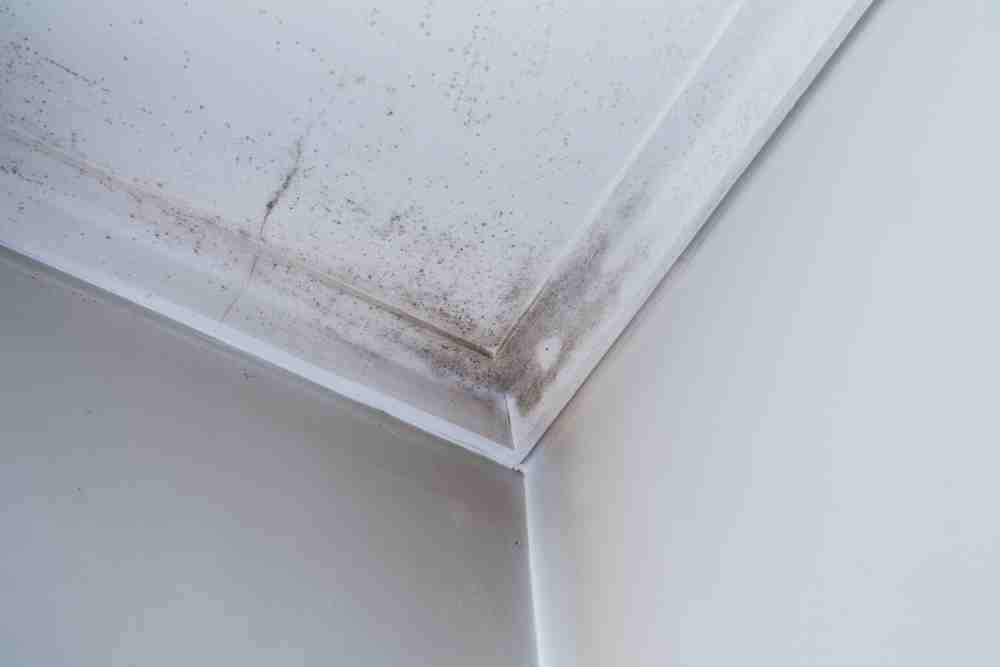As the winter chill sets in, homeowners often encounter a common yet perplexing issue – ceiling condensation. In this comprehensive guide, we will delve into the intricacies of “Ceiling Condensation in Winter,” exploring the causes, potential damage, and effective strategies to maintain a comfortable and dry living space during the colder months.

Unraveling the Mystery: Ceiling Condensation in Winter
Understanding the Phenomenon
Ceiling condensation occurs when warm, moist air comes into contact with a cold surface, causing the moisture to condense into water droplets. During winter, this phenomenon is exacerbated as temperature differentials between the indoor and outdoor environments intensify.
Ceiling Condensation in Winter: Causes and Culprits
Poor Ventilation
Inadequate ventilation is a primary contributor to ceiling condensation. When warm, moisture-laden air is unable to escape, it can accumulate and lead to condensation on colder surfaces, including ceilings. Improving ventilation is a key step in preventing this issue.
Temperature Imbalances
Temperature disparities within a home can also contribute to ceiling condensation. Cold spots, often found near windows, poorly insulated areas, or areas with limited heating, can create an environment conducive to condensation. Addressing these temperature imbalances is crucial for maintaining a comfortable indoor climate.
Strategies to Combat
Optimizing Ventilation
Enhance ventilation by using exhaust fans in kitchens and bathrooms to expel moisture-laden air. Ensure that vents and ducts are unobstructed, allowing for efficient airflow and preventing the accumulation of humidity.
Maintaining Consistent Temperatures
Address temperature differentials by maintaining consistent heating throughout the home. Consider using space heaters in colder areas and optimizing your central heating system to create uniform warmth, minimizing the likelihood of condensation.
Insulating Ceilings and Attics
Improving insulation in ceilings and attics helps regulate temperature and reduce the risk of condensation. Ensure that insulation materials are in good condition and properly installed to provide an effective barrier against temperature variations.
Read too: Condo Ceiling Leak Responsible and How to Address It: Unveiling the Culprit
Preventing and Resolving Ceiling Condensation in Winter
Monitoring Humidity Levels
Keep an eye on indoor humidity levels using hygrometers. Ideally, indoor humidity should be maintained between 30% and 50%. Using dehumidifiers can help control excessive moisture, reducing the likelihood of condensation.
Sealing Air Leaks
Identify and seal air leaks around windows, doors, and other openings. By minimizing drafts and cold air infiltration, you create a more consistent indoor environment, reducing the potential for ceiling condensation in winter.
Conclusion
In conclusion, tackling the issue of ceiling condensation in winter requires a multifaceted approach. By understanding the causes, implementing effective strategies, and maintaining a comfortable indoor environment, homeowners can create a cozier living space during the colder months.
Take proactive measures to optimize ventilation, address temperature imbalances, and implement insulation improvements. By doing so, you’ll not only prevent the inconvenience of ceiling condensation but also ensure a warm and dry home throughout the winter season. Embrace these strategies, and transform your living space into a haven of comfort and well-being.